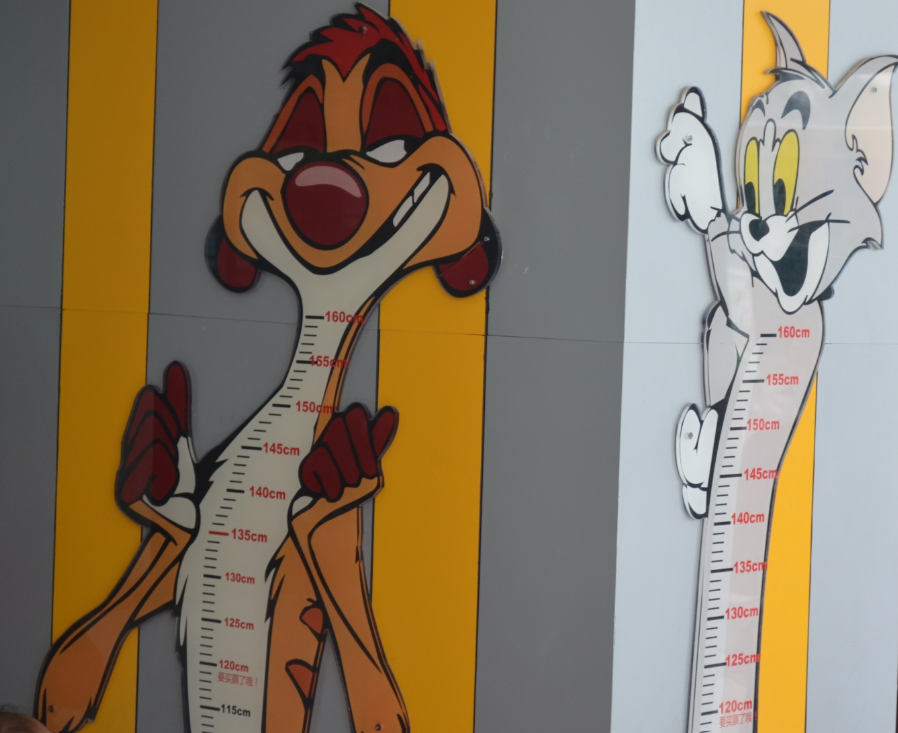Why do some funfair rides have height restrictions?
We all remember standing up against a measuring board to see if we were tall enough to ride on a funfair ride when we were younger, and these height restrictions are still in force today. While eager kids might be a tad disappointed to find they don't meet the height criteria for their favourite attractions - and while some smaller adults may even feel like they're being discriminated against unfairly - there are solid reasons behind these restrictions.
Height Restrictions Keep Riders Safe
Fairground rides, no matter how safely operated, can encounter unexpected issues. The operator may need to hit a safety brake or even require an emergency evacuation, and in order for this to be effective, the design and safety protocols rely on riders being a particular size and shape. Harnesses, safety bars and all other safety features are also designed with these minimum-sized passengers in mind. Children or adults who barely meet or are just under the height limit might not be securely restrained by the ride's safety mechanisms. This potentially puts them at a risk of falls or ejections from the ride!
These height restrictions are not arbitrary numbers. They're predominantly set by the manufacturers of the funfair ride or attraction, and are based on extensive testing. This ensures that the rider can fit safely and comfortably in the ride's seat and harness system.
Some funfair rides can even have maximum height restrictions - so if you're a shorter adult and you're aggrieved that you don't get to go on the Big Dipper, you can take solace in the fact that your loftier friends might also be turned away! Roller coasters, especially those with inversions or sharp turns, exert different forces on the rider's body. The guest's height plays a role in how they experience these forces, and could also lead them to make contact with other parts of the ride while it's in motion - so people have to fit into a particular 'mould' if they want to experience the fun.
Weight Restrictions on Rides
Traditional funfair rides were made for a more svelte populace than we have nowadays! Whether you blame fast food and processed food, sedentary lifestyles, more spending money, better healthcare or a combination of all kinds of factors, the fact is that the average Brit is now overweight, with more than half of adults classed as either overweight or obese - and this wasn't the case a century ago!
So nowadays, while height is a primary factor in funfair ride safety restrictions, weight can also play a crucial role in some rides, and some people may unfortunately be turned away from a ride because they are too large for the safe operation of the attraction.
However, with an increasing understanding of the diverse body types of funfair guests, manufacturers and designers have innovated. The introduction of 'big boy seats' and other adaptive mechanisms is a testament to the industry's commitment to inclusivity while not compromising on safety.
Why is height so important?
Height serves as an easily measurable criterion that ride operators can quickly check. While it's essentially an approximation for various factors like age, body size, and maturity, it provides a relatively reliable benchmark to screen riders for safety.
At We Are Tricycle, our commitment is to ensure every visitor has a delightful experience without any compromise on their well-being. Height restrictions, while occasionally disappointing, are a testament to that promise! All of our funfair rides are safety-checked, maintained in accordance with manufacturer instructions, and supervised by our trained team. Check out our funfair safety guides for more information!
